Test: Electrostatics - 1 - Electronics and Communication Engineering (ECE) MCQ
10 Questions MCQ Test - Test: Electrostatics - 1
What is the ratio of electrostatic repulsion and gravitational attraction between two electrons?
Given:
Q = Charge on an electron = 1.6 x 10-19C
G = Gravitation constant = 6.67 x 10-11 Nm2/kg2
m = Mass of an electron = 9.1 x 10-31 kg
Given:
Q = Charge on an electron = 1.6 x 10-19C
G = Gravitation constant = 6.67 x 10-11 Nm2/kg2
m = Mass of an electron = 9.1 x 10-31 kg
What is the electric field strength at a distance of 200 mm from a charge of 2 x 10-6 Coulomb, in vacuum?
| 1 Crore+ students have signed up on EduRev. Have you? Download the App |
Two point charges of 3 x 10-9 C and -2 x 10-9C are spaced two meters apart. What is the electric field at a point which is one meter from each of the two point charges?
Five equal point charges of Q = 20 x 10-9C, are placed at x = 2,3,4,5 and 6 cm. The electric potential at origin will be
What is the equivalent capacitance of a parallel plate capacitor having two dielectrics, ∈r1 = 1.5 and ∈r2 = 3.5, each comprising one-half the volume as shown in figure below with A = 2 m2 and d = 1 mm?

Four point charges 1, - 2, -3 and 4 μC are located on the x-axis at x = 1, 2, 3 and 4 metre respectively. The energy stored in the field is
The electric field strength at a point in front of an infinite sheet of charge is
Assertion (A): If all the points in space which have the same potential are jointed, then equipotential surfaces are obtained.
Reason (R): The field and the equipotential surfaces are orthogonal to each other.
Consider the following statements associated with various medias encountered in electostatics:
1. An isotropic media is one whose properties are independent of direction
2. A homogeneous media is one whose physical characteristics vary from point-to- point.
3. A non-homogenous media is one whose physical characteristics do not vary from point-to-point:
4. A linear media is a one in which the electric flux density is proportional to the electric field intensity.
Which of the above statements are correct?
Assertion (A): Continuity of current equation is derived from law of conservation of charge.
Reason (R): Continuity of current equation states that there can be no accumulation of charge at any point.



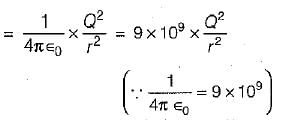
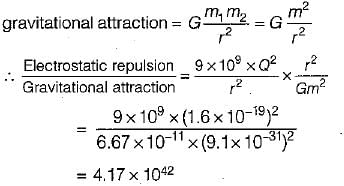

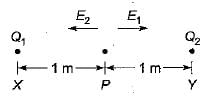

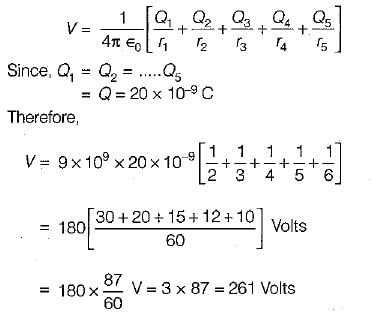
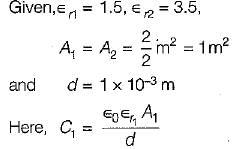





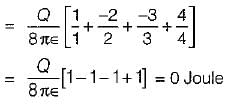

 = unit vector normal to the sheet and directed away from the sheet.
= unit vector normal to the sheet and directed away from the sheet. is independent of the distance of the point from the sheet.
is independent of the distance of the point from the sheet.














